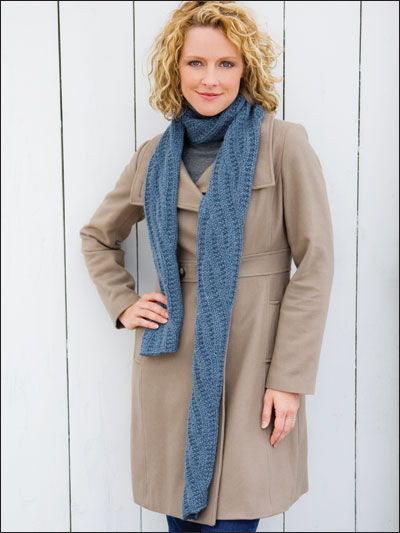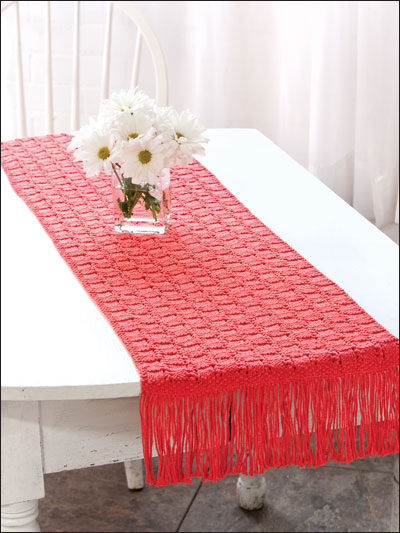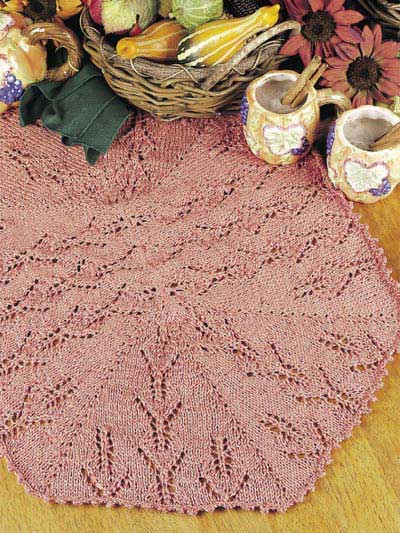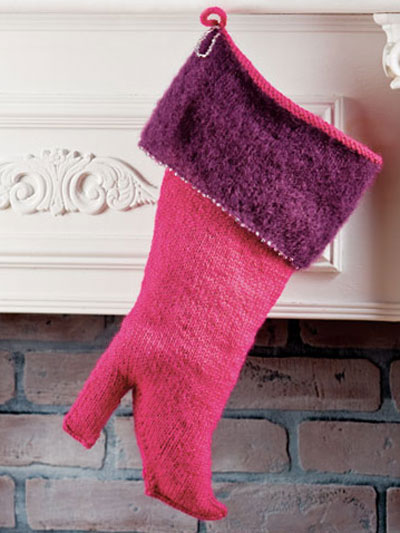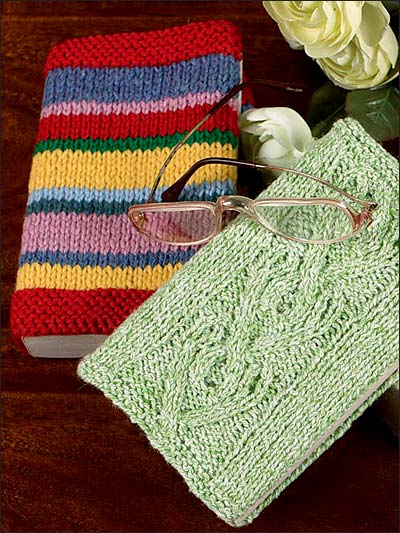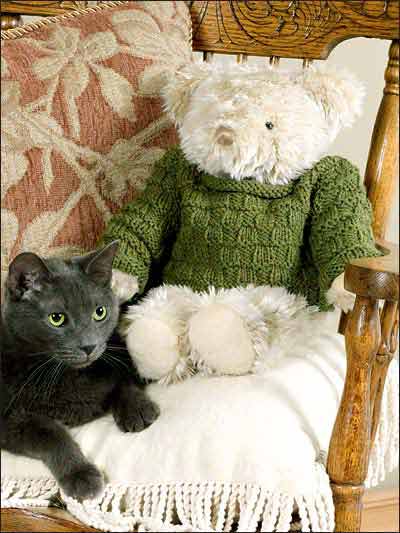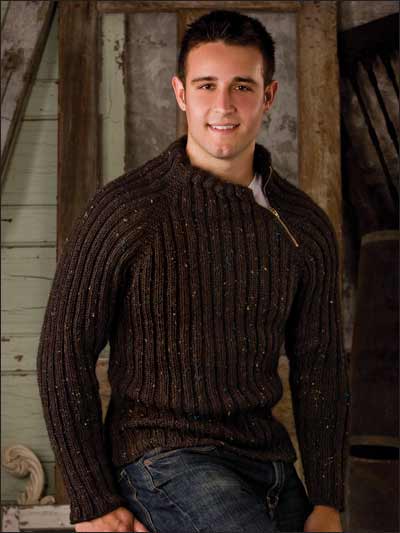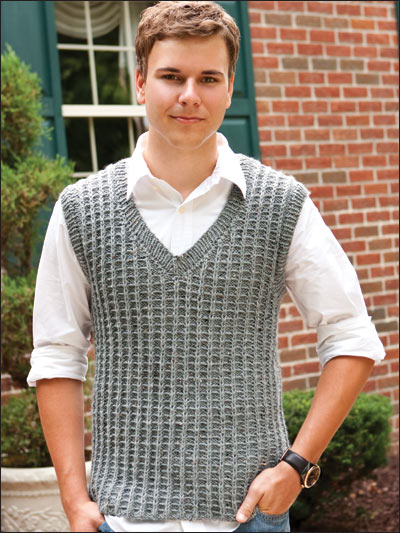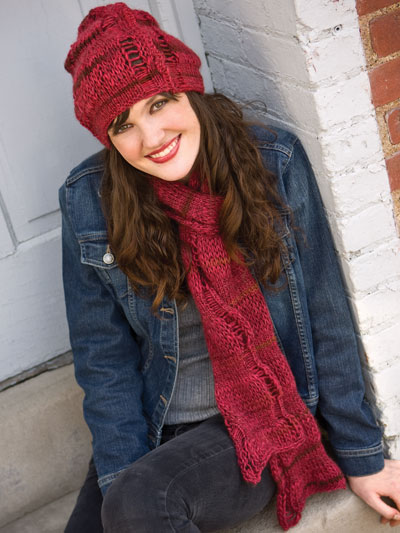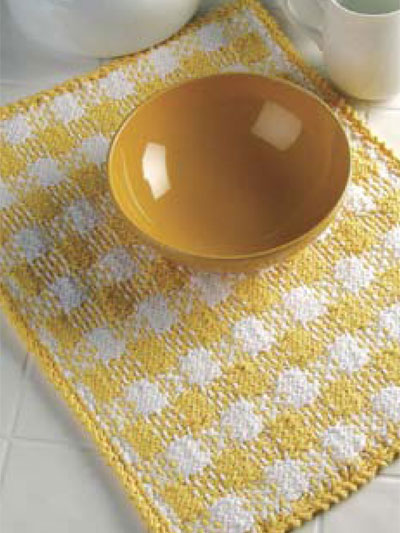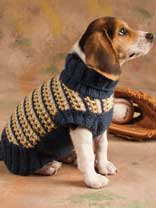In any handmade project, mistakes are bound to happen. Part of developing your knitting skills is learning how to fix those mistakes. If you’ve dropped a stitch or missed an increase, those little mistakes can become big problems if you just keep going. These tips will teach you how to pick up a dropped stitch, unknit, frog, and more.

How to Fix a Dropped Stitch
Dropping a stitch is built up like it’s a knitting tragedy. In reality, dropping a stitch is not a big deal if you catch it early. If you don’t fix the problem, a dropped stitch can become a hole in your garment. Here’s what you do:
If you’ve dropped the stitch in the previous row. On the knit side of your project, Stick your right needle through the dropped stitch from front to back and under the strand of yarn running behind the dropped stitch (often it is fairly loose). Then, use your left needle to pull the dropped stitch over the loose strand. Move this newly made stitch to your left needle, being careful not to twist it. Continue knitting.
For stitches dropped earlier in the project, you can either frog (see below) your project back to that point or attempt to pull the dropped stitch up to your current row. If you’re working in stockinette stitch, the place where the stitch has been dropped will look like a ladder, with the spaces where your stitch should be making the rungs. Take a small crochet hook and stick it through the loop of the dropped stitch. Pick up the lowest “rung” of the ladder and pull it through. This will make your new stitch. Continue up the rungs of the ladder until you reach the top. Place the live stitch on your left needle and proceed with your knitting.
How to Turn Around a Twisted Stitch
If you pick up a dropped stitch backward or accidentally wrap the yarn the wrong way as you knit, you could end up with a twisted stitch. This error is easy to fix. Simply knit the stitch through the back loop on the knit side or purl it through the back loop on the purl side.
How to Rip Out (Frog) Stitches Without Losing Your Place
If you’ve made a bigger mistake, you may need to rip stitches out. This can be stressful for any knitter, because in ripping out stitches, you run the risk of causing more damage to your project. One solution is to run an anchor line through the stitches. At the place where you are unraveling to, thread scrap yarn through your stitches, being careful to use the front loops consistently. That way, when you are done unraveling, your live stitches will be secured where you want to begin again. Simply pick up these stitches on your needle starting with the opposite end so that your yarn is at the top of the needle. If you have a set of interchangeable needles, you can very easily use a spare needle to create your lifeline then simply switch out the needle tips and start knitting.
Unknit (Tink)
If you’ve made a small mistake within the row you’re working on, it may be easiest just to unknit, or tink, back to the mistake and rework it. When you tink your way back to the mistake, you don’t have to take the project off your needles to fix the problem. Simply insert your left needle tip into the stitch below the stitch on your right needle. Slip the right needle out of the stitch and pull the yarn. The new stitch will be unknit and the previous row’s stitch returned to the left needle. Continue in this fashion until you’re back to where you want to fix your mistake.
More Resources
For more help, you can use our Knitting Glossary to look up common knitting terms and techniques that you may find in your patterns.
